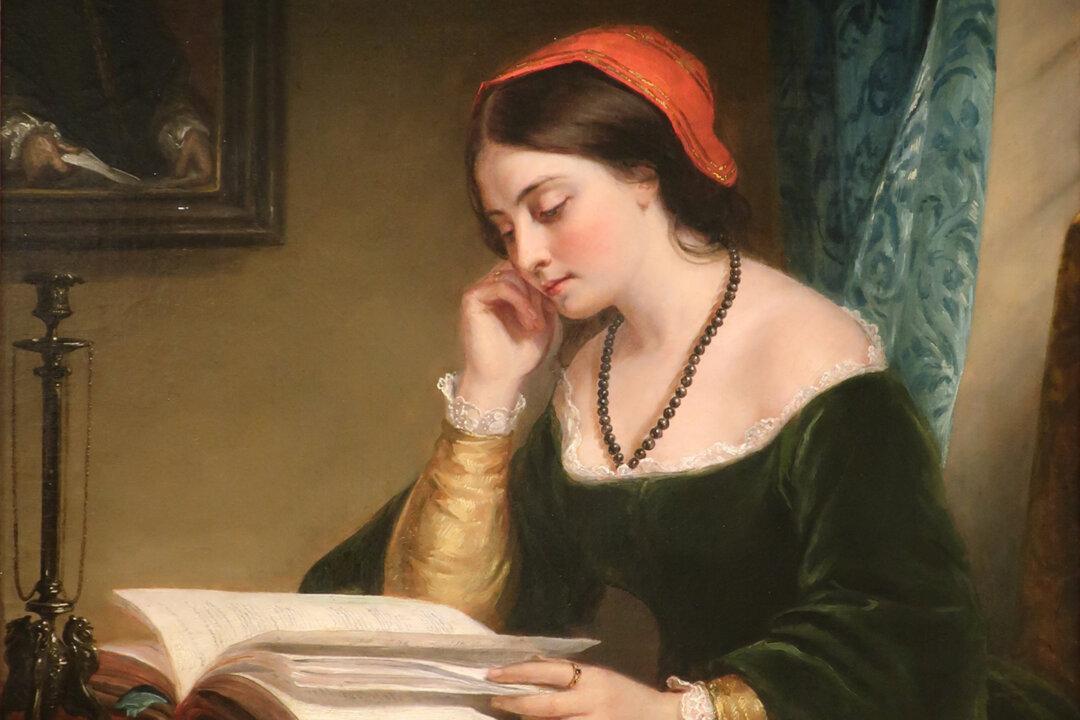Crocker presents Armstrong as a man devoted to duty and honor, but also as impetuous and so sure of himself that he sometimes appears ridiculous. Throughout the novel’s hijinks, adventures, and buffoonery, for example, Armstrong frequently mangles verses and stories taken from the Bible. At one point, he says: “Horses are a man’s best friend. Far be it from me to quote Scripture in front of Father Goncalves, but as the Bible says, it is not good for man to be alone, which is why God created horses—and dogs.” Later, Armstrong slips Samuel Johnson’s aphorism into Scripture: “As Samson told Delilah, ‘Depend on it, Madam, when a man knows he is to be hanged in a fortnight, it concentrates his mind wonderfully.” Push forward a few pages, and we find: “I remind you that Samson was left eyeless in Gaza and yet tore down a Philistine temple, married Delilah, and spawned Jason and the Argonauts.”
Recovering a Lost Legacy: The Bible and Western Culture
The Bible was a pillar of Western civilization, yet 12 percent of Americans believe that Joan of Arc was Noah’s wife.

A detail of "The Fair Student (Girl Reading)," 1858, by Daniel Huntington. Public Domain
In H.W. Crocker’s “Custer of the West” series, George Custer survives the Battle of the Little Big Horn and roams the West under the pseudonym of Armstrong Armstrong. In “Armstrong and the Mexican Mystery,” he travels with some companions to Mexico, seeking lost treasure and eventually doing battle with descendants of an underground ancient Atlantis, whose philosophy mirrors that of today’s radicalized people who seek to destroy Western civilization.
Jeff Minick has four children and a growing platoon of grandchildren. For 20 years, he taught history, literature, and Latin to seminars of homeschooling students in Asheville, N.C. He is the author of two novels, “Amanda Bell” and “Dust on Their Wings,” and two works of nonfiction, “Learning as I Go” and “Movies Make the Man.” Today, he lives and writes in Front Royal, Va.
Author’s Selected Articles





